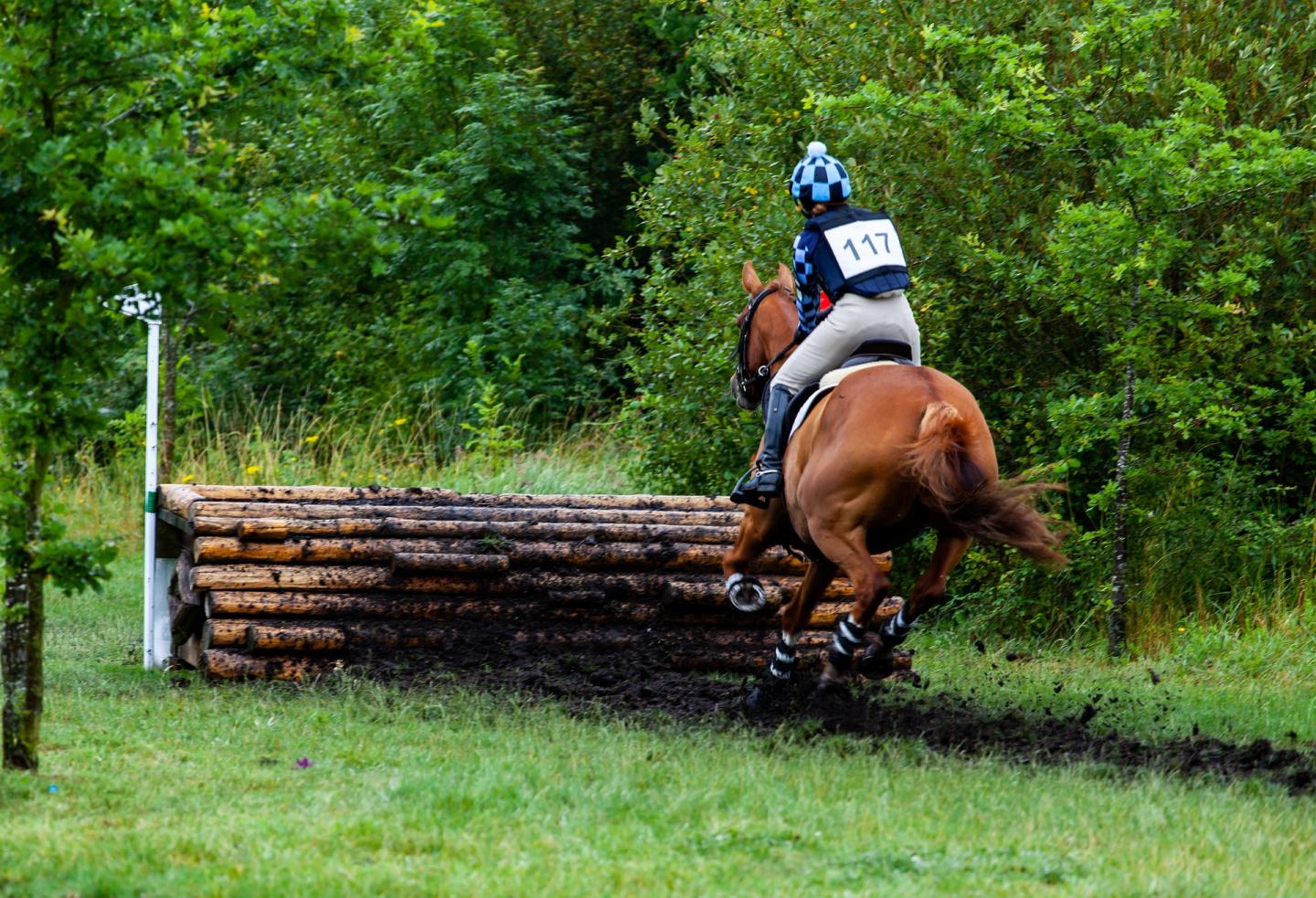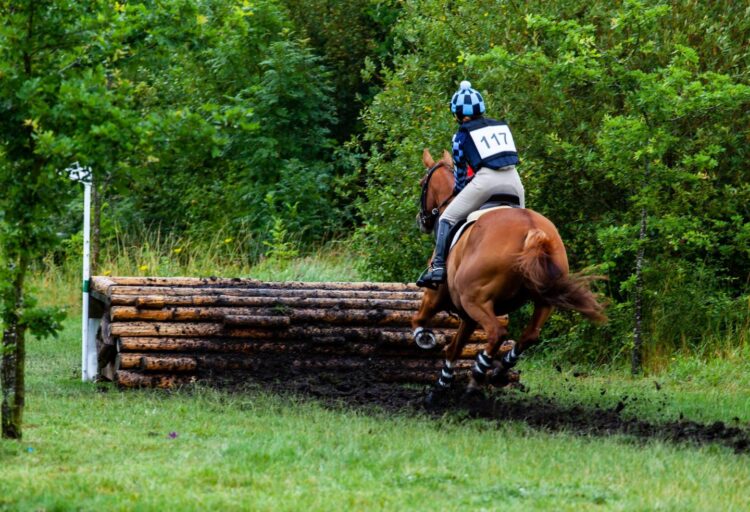
Credit: TheOtherKev / Pixabay
It was found that event horses that wear thin or thick bits in events had a greater risk of moderate or severe oral lesions compared to horses wearing medium-sized bits, while straight bits were associated with lesions in the bars of the horse’s mouth.
“Our recommendation is to use a jointed bit of moderate thickness, that is 14 to 17 millimetres, if the size of the mouth is not known, paying particular attention to the handling of mares and both warmblood and coldblood event horses. They were seen to have a greater risk of mouth lesions compared to geldings and ponies,” says doctoral student and veterinarian Kati Tuomola from the Faculty of Veterinary Medicine, University of Helsinki.
“Since most mouth lesions are not evidenced as bleeding outside the mouth, the bit area should be monitored, and event organisers should carry out systematic oral inspections,” Tuomola adds.
The research group has previously investigated oral lesions in trotters. The object of the current study was event horses, that is horses which compete in events composed of three phases: show jumping, dressage and a cross-country test. The study was conducted in cooperation with the Equestrian Federation of Finland, and participation in it was voluntary.
“As many as 95% of the equestrians invited for the study wanted their horse to participate, for which we are thankful,” says a pleased Tuomola.
For the study, 208 randomly selected horses which were 4 to 19 years old were examined in eight events organised in western Finland in 2018 and 2019. The front part of the horses’ mouths was examined after a cross-country test, the last phase of the events. A total of 127 of the horses were warmbloods, 52 coldbloods and 29 ponies. Of the 208 horses examined, 52% had lesions in the bit area. Bruises were found in 39% of the horses and wounds in 19%. Among the group, 48% had no acute lesions, while 22% had mild, 26% moderate and 4% severe lesions. Blood was observed inside the mouth of one horse.
Consequently, event horses had fewer and less severe lesions than the trotters studied earlier.
“The field scoring system developed by Kati Tuomola in her doctoral thesis makes it possible to conduct comparative studies of different groups of horses, something that was previously impossible,” says Professor Anna Valros from the Faculty of Veterinary Medicine, University of Helsinki.
###
Media Contact
Kati Tuomola
[email protected]
Original Source
https:/
Related Journal Article
http://dx.





